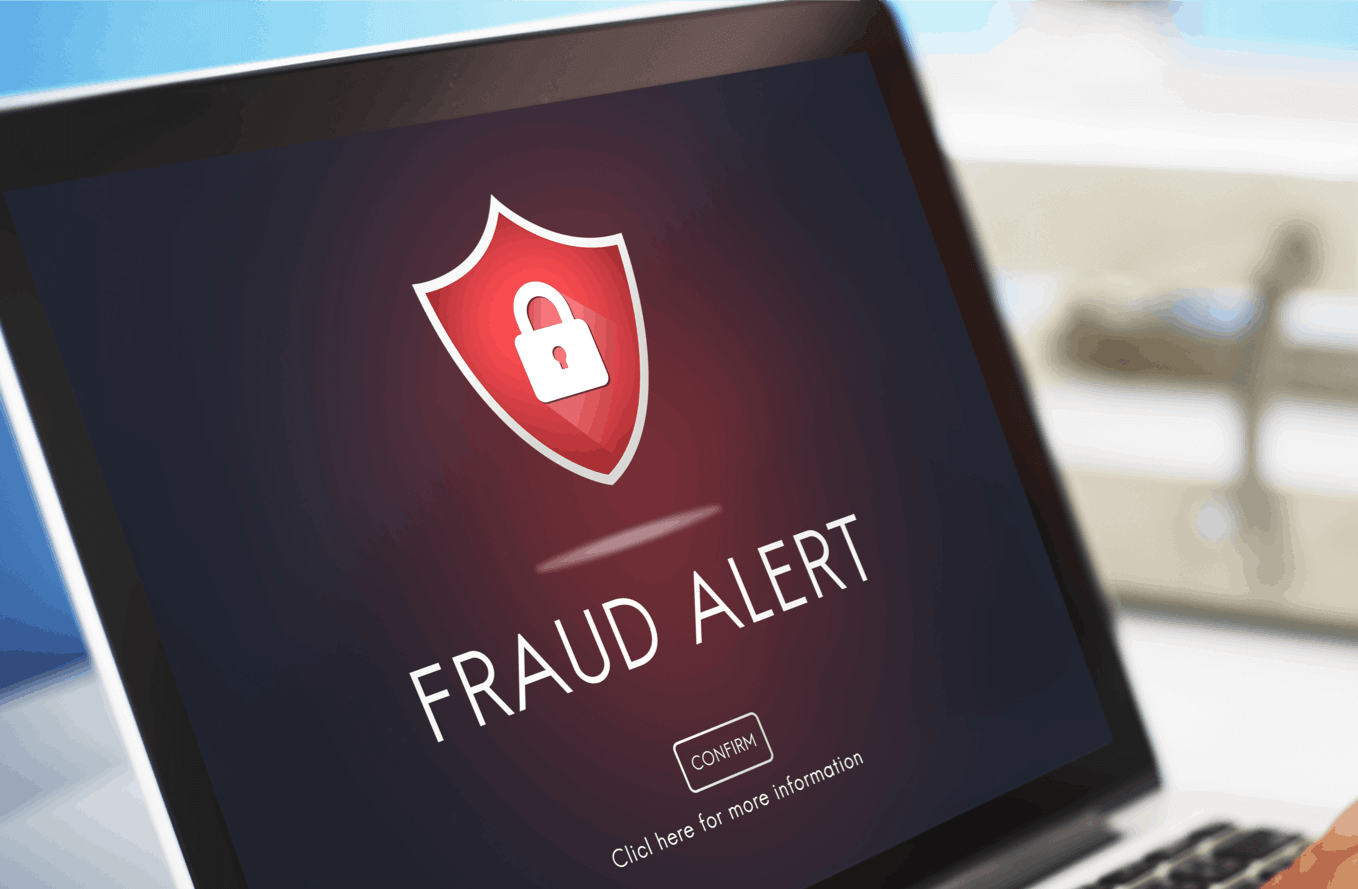Can you detect a Prospect that doesn’t exist? Most underwriters are familiar with the most common types of fraud that have plagued the industry. But are they aware of new and more sophisticated schemes and ways to detect and prevent them from happening?
Fake identities, fake financials, aged shell companies posing as clients and more. Thanks to the Dark web, fraud schemes can now involve a complete set of fake identities and financials, aged shell companies posing as clients/account debtors, phony call centers posing as debtors and can even involve collusion with true account debtor employees. These schemes are harder to detect but can be caught during the underwriting phase.
What can be done to detect prospects that are willing to present personal identification, financial and bank statements that are purchased and real but just not theirs? Traditional underwriting looks at people search, court records, liens, judgments, bankruptcies, etc. but how do you know the people you are dealing with haven’t stolen an entire identity? There are several new ways that lenders can detect this type of fraud.
- Two-Factor Authentication (TFA). Using it during the application process, a prospect’s phone number can be confirmed as well as other types of revealing data. TFA is an extra layer of protection that requires not only a password and username but also something that the user alone has on them at that moment. Using a username and password together with a piece of information only that user knows makes it harder for fraudsters to steal someone’s identity. Many companies use this already, but lenders have been slow to adopt this technology.
- Face Recognition. It’s becoming possible to ask your prospect to take a picture of their driver’s license and a picture or “selfie” from the same device and use face recognition to compare them and confirm identity. Law enforcement has been using this technology for many years successfully. The state of NY alone has identified over 20,000 potential identity or fraud cases since adopting driver’s license facial recognition technology in 2010.*
- MetaData. Cell phone “metadata” can help identify if the person that is applying is the same one you are dealing with. Metadata achieved buzzword status in 2013 with whistleblower Edward Snowden leaking NSA documents showing collection of data from cell phones. Metadata is transactional information not visible to regular users. While there are restrictions on access to location of cell phone users, other identifying data is also collected and stored as you go through your day and interact with your device. This metadata is accessible and has the promise to help identify the person you are dealing with.
- Analytic Tools. New technology also allows you to sift and synthesize more data which can identify trends and pinpoint fraudulent accounts and patterns which might not be readily apparent due to the volume of information needed to be processed in underwriting. Technology can correlate and cross reference this information revealing potential for fraud at the touch of a button. There are also sophisticated systems that correlate social security numbers, social media, and addresses detecting inconsistencies.
- Direct Data Extraction. During underwriting, lenders traditionally ask prospects to submit their financials. Many of them send an excel spreadsheet with information that might not be reliable. For these real clients who may not have great financial information, a new tactic can be applied. Technology allows us to extract financial data directly from the applicant’s accounting system. This provides better information. Going a step further, analytics of metadata in accounting information can be performed revealing transaction details, such as dates transactions were entered into the accounting system and changes in invoice amounts. For example, statistically comparing the date the transaction was entered into the accounting system (metadata) vs the actual date of the transaction can quickly detect fraud. Asking prospects to connect directly to their accounting systems is becoming more and more mainstream.
- Open Banking. Another powerful way to detect fraud is to connect directly to your prospects’ banks. Instead of asking for bank statements, why not directly connect to their banks and pull the information? This is almost impossible to fake and even allows lenders to monitor the account during the life of the lending relationship and compare banking and accounting system information.
- Consistency. Another way to prevent fraud is to make sure that your underwriting process follows the same method every time. The best way to ensure that every box is ticked off each time and to reduce errors is to use technology. We are all human and even the most experienced underwriter can make a mistake or miss a tick on the box. Technology allows your specific underwriting criteria and process to be applied to every prospect again and again, assuring you are doing it the same way each time and so underwriters can reduce manual tasks and errors.
For other types of more traditional fraud, remember the saying, “trust but verify”. The best line of defense are good operational procedures and the use of risk monitoring and analytics software that can track deteriorating trends and provide early fraud detection. These software solutions let you monitor your client’s invoicing cycle, look for patterns, and contrast financial performance with their accounting system, all in real time.
*Source: NY Post, August 21, 2017




